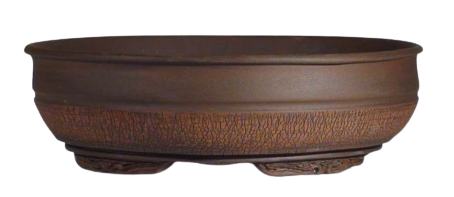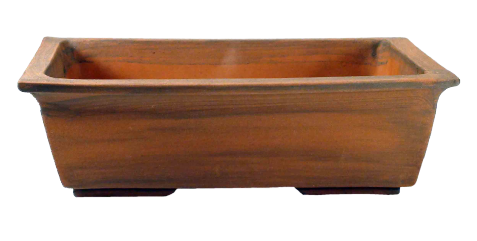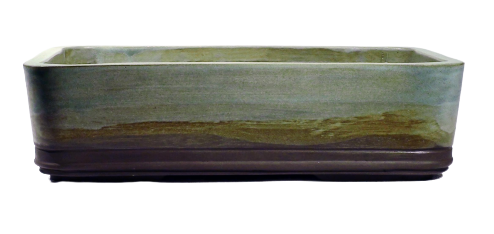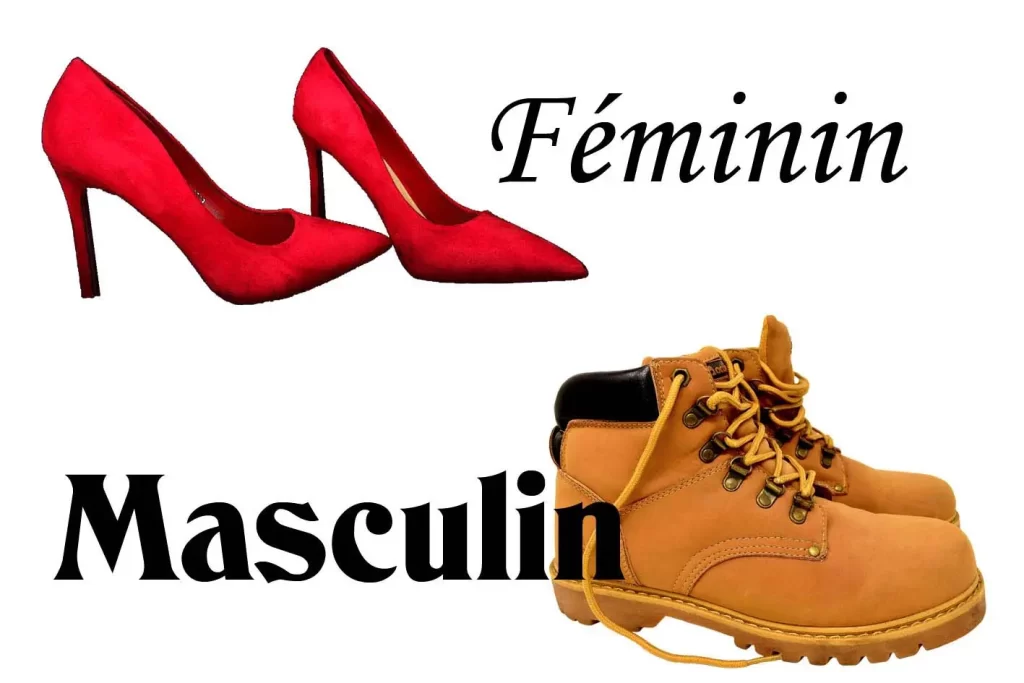
Is my bonsai
« masculine » or « feminine » ?
Claude Savard
CSCeramique
This is one of the key questions to ask if you want to create a harmonious balance between your tree and its pot.
Is my bonsai " masculine " or " feminine "? This question often gives rise to ambiguity and different interpretations among enthusiasts. Some associate it with the tree species used, while others see it more as a projection of the image through the bonsai.
How can I tell whether my bonsai is « masculine » or « feminine » ?
It's often said that Japanese maples are considered to be trees with a feminine character, while Japanese black pines represent the masculine side in the art of bonsai. However, if your bonsai belongs to a different species, you may be wondering how to choose the right pot to show it off to its best advantage.
When you include the notion of gender, whether masculine or feminine, in the design of your bonsai, you'll make it much easier to find the ideal pot to match these criteria. It's your tree that will benefit the most, as it will truly stand out from the crowd.
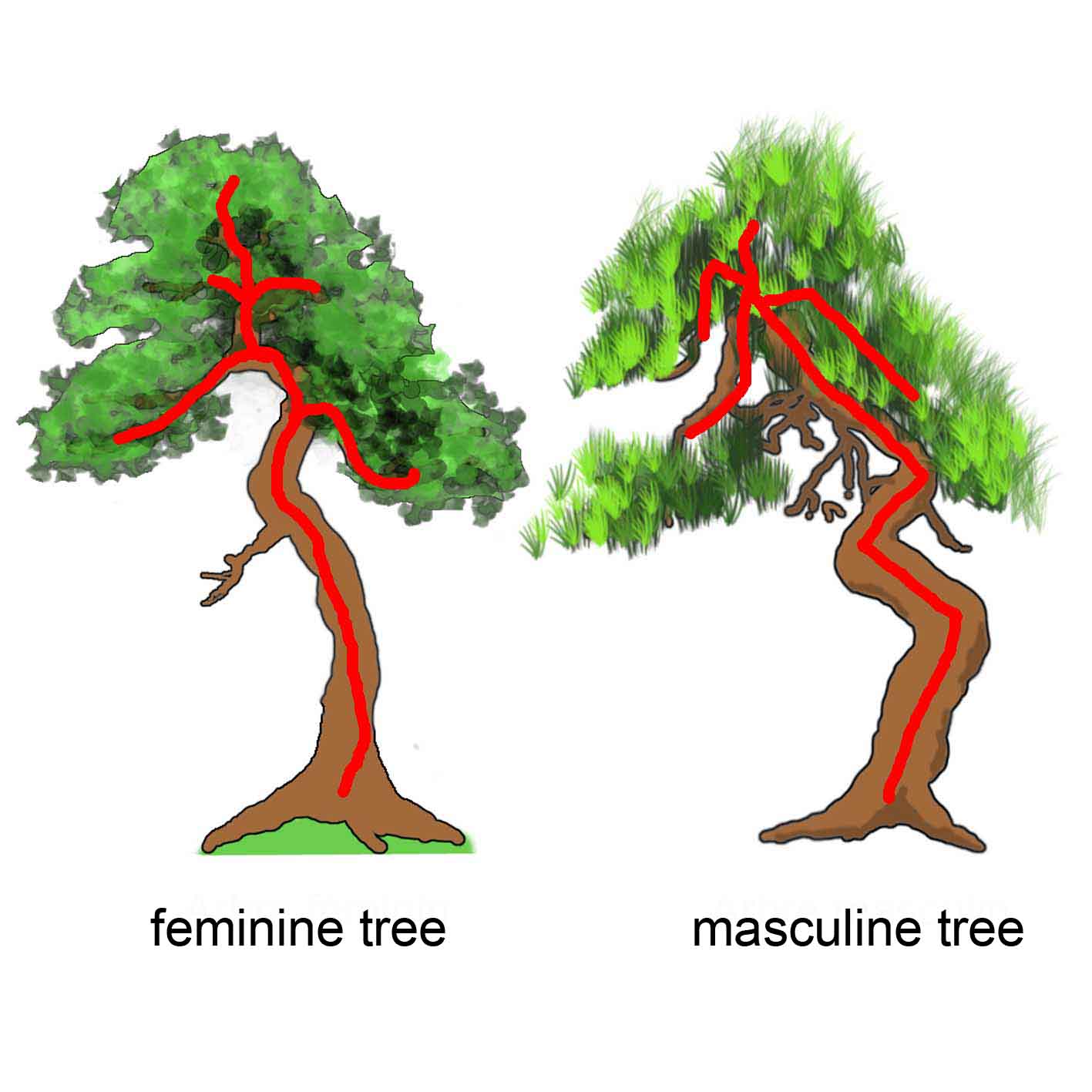
How do you choose a pot for a « feminine » tree ?
If your tree has sinuous lines and a delicate silhouette, it's probably feminine. These trees are often characterized by a light root system, gently shaped trunks and branches, and light foliage.
Pots suitable for these trees are round, oval or lotus-shaped. They can be either convex or concave. These pots should reflect delicacy, finesse and lightness. Engraved motifs on the pots can represent flowers, leaves or other natural elements.
For deciduous trees, opt for smooth textures and colors that highlight the tree's characteristics. Shades such as blue, beige, green or gray are often used for these trees.
Here are two magnificent pots that will showcase feminine-style trees. The first pot, in a natural color, is specially designed for conifers. Its neutral hue will highlight the beauty and vigor of these conifer trees.
The second pot, meanwhile, features an elegant pale green glaze, ideal for complementing a deciduous tree. This delicate shade will highlight the green hues of the leaves and add a touch of softness to the ensemble.
How to choose a pot for a « masculine » tree ?
If you have a tree with straight lines, sharp changes of direction, a massive, very triangular trunk and foliage, and a powerful nebari, you have a masculine-style tree.
The pots used for these trees should have straight, angular lines. Square or rectangular pots are ideal for these trees.
In this style, your pot should have standard unpatterned feet, which will reinforce the pot's masculine side.
For conifers, rough textures can be used on the cut to reinforce the texture of the trunk.
For deciduous trees, you can opt for darker colors on the bowl. It's best to avoid pots with pictures or patterns.
Here are two pots that embody different styles. The first is a natural-colored pot specially designed for conifers. Its terracotta hue, enhanced by darker shades, will highlight the beauty and vigor of these trees.
The second pot, meanwhile, has a certain elegance with its rounded corners, pale green color and earth-toned base. It is perfectly suited to accompany a deciduous tree. These subtle details will underline the masculine character of the bonsai.
What to do in this case ?
Life is full of nuances. Not everything is black and white; there are also complex gray areas. Your bonsai may have both masculine and feminine characteristics.
What to do? Analyze your tree and observe the predominant features. If your bonsai tree is more masculine than feminine, it's still possible to opt for a masculine-style pottery, but add a few feminine features.
For example, if your tree is imposing but has gentle curves on its trunk, graceful branches but dense foliage, or veins of dead wood snaking up the trunk, you might consider using a rectangular pot with a convex cut or a pot with rounded corners to also represent this feminine aspect.
When choosing your pot, you can integrate elements of a genre according to the appearance of your bonsai.
It's always better to choose the right pottery for your bonsai, rather than conforming to set standards.
Never forget that this tree belongs to you and that you will contemplate it every day.
